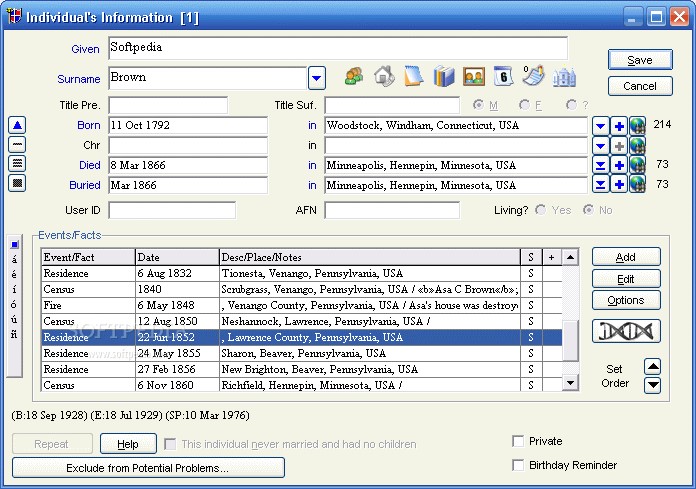
a newer system, such as the Xeon D-1540 or Skylake chipsets (2015 or later).

Whatever NVMe drive you buy, you'll still likely need to meet all of the following requirements, if you plan to also use it as a boot device: (above image from page 5 of Booting from an NVMe PCIe Intel Solid-State Drive - Technology Brief) Requirements In addition, it draws maximum power of 22watts and boot time was incredibly slow, though Intel released the new firmware update but boot time was still slower than Samsung SM951 and even Samsung 950 Pro. The reason why I didn't buy Intel 750 is because it mainly focus on higher queue depths such as data center, web server, and file server. Intel 750 is considered enterprise drive whereas Samsung 950 Pro is designed for client users. The YouTube video's commenter Dan L sums up the 750's intended use-case nicely:

You have some BIOS tweaks to do even if you use a PCIe card, like the recently tested Intel 750 Series PCIe NVMe.

#Cou[on for legacy 9.0 deluxe how to
How to boot from NVMe ( Non- Volatile Memory express). Posted by Paul Braren on (updated on Jul 18 2017) in


 0 kommentar(er)
0 kommentar(er)
